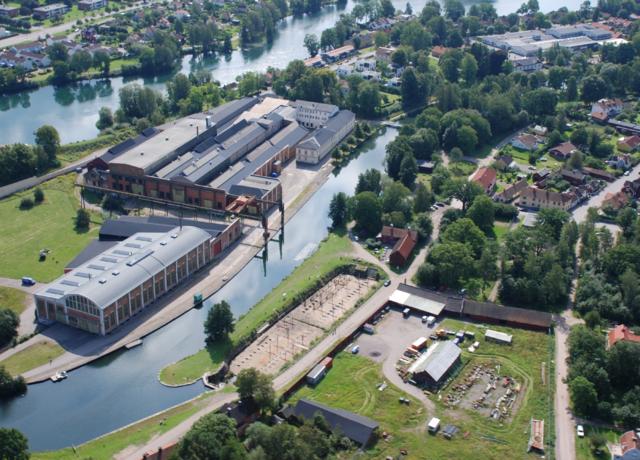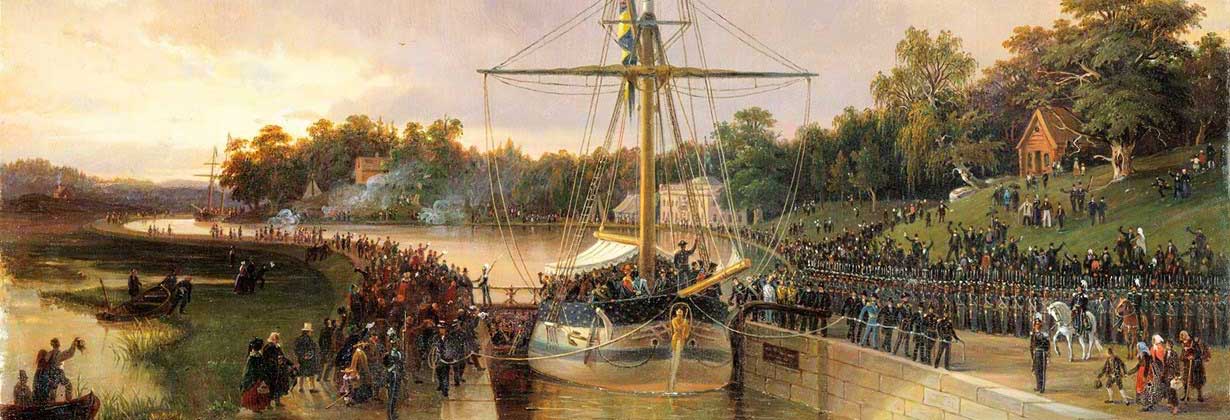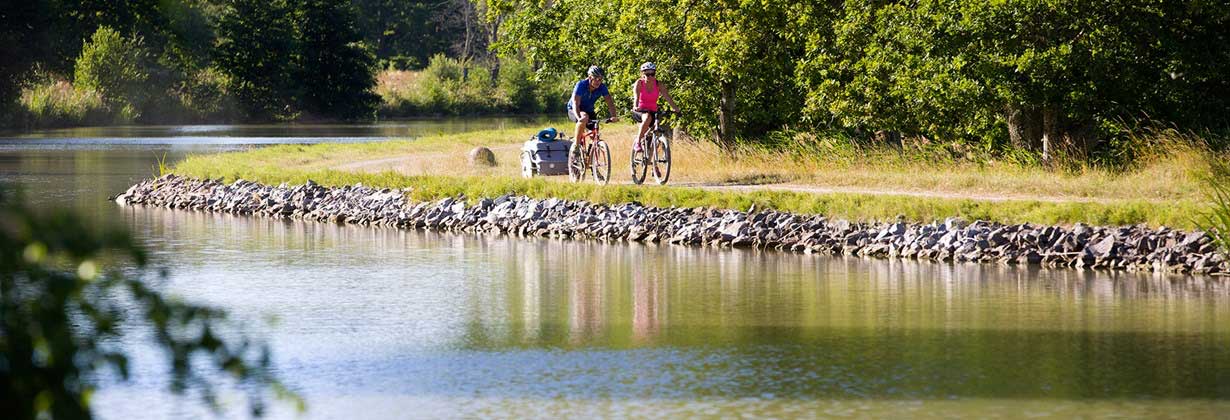As early as the sixteenth century, the renowned Bishop Brask in Linköping proposed a Canal across Sweden from the Baltic to the North Sea. Plans for such a waterway came to be discussed many times before Baltzar von Platen finally transformed them into reality.
In 1806, Count Baltzar von Platen, naval officer and government minister, produced a treatise on Canals and was later asked to submit a plan for the Göta Canal. On 11 April 1810, King Karl XIII issued a charter allowing the Canal company to build and operate the Canal, and granted the company labour, land and forests for the project.
In May 1810, excavation work was started in Motala. Work was soon underway at about 15 sites along the route.
Soldiers and their work
The Göta Canal was largely built by 58,000 billeted soldiers from 16 different regiments. During the 22 years building was in progress, about 60,000 men, including a company of Russian deserters and a number of civilian workers, worked a total of about 7 million man-days, each of 12 hours.
Most of the Canal was excavated by hand using iron-shod wooden spades. Work mainly consisted of digging, blasting and dressing stone. Baltzar von Platen also introduced several new techniques using various equipment from England. A number of highly skilled English foremen were recruited.
Read more:













